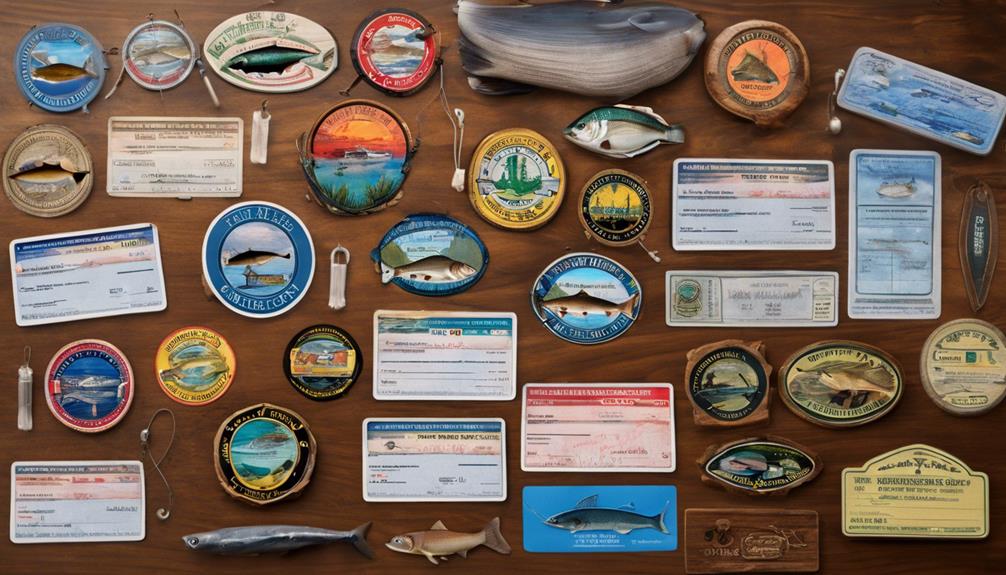Trout fishing is a beloved pastime for many anglers, blending the thrill of the catch with the tranquility of nature. An essential aspect of successful trout fishing is selecting the right flies. In this comprehensive guide, we’ll explore the best flies for trout fishing, covering everything from types of flies to seasonal variations, ensuring that your next fishing trip is both enjoyable and productive.
Understanding the Basics: What Are Trout Flies?
Trout flies are artificial lures designed to attract trout by mimicking the insects and other food sources that these fish typically consume. There are two primary categories of trout flies: dry flies and wet flies. Dry flies float on the water’s surface, enticing fish that are feeding on insects. Wet flies, on the other hand, sink below the surface and imitate various aquatic organisms. Understanding the difference between these types is crucial for selecting the best flies for trout fishing effectively.
Top 5 Best Dry Flies for Trout Fishing
When it comes to dry flies, some patterns have proven to be more effective than others. Here are five of the best dry flies for trout fishing:
1. Adams: This classic fly is versatile and can be used in various conditions, making it a favorite among anglers.
2. Elk Hair Caddis: Known for its buoyancy, this fly imitates adult caddisflies, which are abundant in many trout waters.
3. Parachute Adams: A variation of the Adams, this fly has a parachute-style hackle that makes it easy to see on the water.
4. Royal Wulff: Bright and attractive, this fly is particularly effective in fast-moving waters.
5. Humpy: With its distinctive shape, the Humpy is excellent for rough water and can attract trout’s attention even in challenging conditions.
Each of these flies has its unique characteristics that make it suitable for different fishing scenarios, ensuring that you have options for various environments.
Best Wet Flies for Trout Fishing: A Closer Look
Wet flies are crucial for anglers looking to fish beneath the surface. Here are five of the best wet flies for trout fishing:
1. Woolly Bugger: This versatile fly can imitate various aquatic creatures and is effective in both still and moving waters.
2. Soft Hackle: A simple yet effective option, the soft hackle fly mimics emerging insects and is particularly productive during hatches.
3. Prince Nymph: Known for its attractive colors and unique design, the Prince Nymph is a top choice for imitating nymphs.
4. Pheasant Tail Nymph: This fly is a classic representation of many natural nymphs found in trout streams.
5. Copper John: With its heavy beadhead, the Copper John sinks quickly and effectively mimics a range of aquatic insects.
These wet flies are essential for anglers looking to target trout at various depths and times of the day, helping to increase the chances of a successful catch.
Seasonal Considerations: Best Flies for Trout Fishing Throughout the Year
The best flies for trout fishing can vary significantly depending on the season. In spring, as insects begin to emerge, dry flies like the Adams and Elk Hair Caddis perform exceptionally well. Summer often calls for terrestrials like ants and grasshoppers, while fall is an excellent time for streamers and nymphs as trout prepare for winter. In winter, anglers may find success with small nymphs and midges when trout are less active. By understanding seasonal patterns, anglers can choose the most effective flies for their fishing expeditions.
Matching the Hatch: How to Choose the Right Fly
One of the most effective strategies for trout fishing is “matching the hatch.” This technique involves observing the insects that are currently hatching and selecting flies that closely resemble them. To successfully match the hatch, anglers should pay attention to the size, color, and shape of the insects present in the water. Carrying a variety of flies in different sizes and colors can help you adapt to changing conditions and improve your chances of catching trout.
Best Practices for Using Flies in Trout Fishing
To maximize your success when using flies for trout fishing, consider these best practices:
1. Use the Right Tippet: Choose a tippet that complements the size and weight of your fly.
2. Present the Fly Naturally: Ensure that your fly drifts naturally with the current to avoid spooking the fish.
3. Vary Your Retrieve: Experiment with different retrieves, such as stripping or dead-drifting, to see what works best.
4. Pay Attention to Water Conditions: Adjust your fly selection based on the water’s temperature, clarity, and flow rate.
By incorporating these practices into your fishing routine, you’ll enhance your effectiveness and enjoy a more rewarding experience on the water.
Where to Find the Best Flies for Trout Fishing
Finding quality flies for trout fishing is easier than ever. Local fly shops often provide selections tailored to regional waters, and many even offer personalized advice on which flies to choose. Additionally, online retailers have a vast array of options, often at competitive prices. Consider tying your own flies as well; this is a rewarding skill that allows you to customize patterns to suit your specific fishing needs. Resources such as books, tutorials, and local classes can help you get started in fly tying.
Conclusion: Elevate Your Trout Fishing Experience with the Right Flies
Selecting the best flies for trout fishing is an art that combines knowledge, observation, and practice. By understanding the various types of flies, seasonal changes, and how to effectively use them, you can significantly enhance your fishing experience. Whether you are a beginner or a seasoned angler, the right flies can make all the difference in your ability to catch trout. Remember to stay patient, stay observant, and most importantly, enjoy your time on the water. Happy fishing!
